DMC’s Locate Local Products for Gifts and Sweet Grass Baskets are the Best!
When corporate groups reach out to JMC Charleston to assist in the planning of their events in Charleston, we always ask about gifts and amenities. My friend Sonya Livingston said to me once that every occasion should be marked with some sort of a gift. Riding a carriage? Give them a fan. Sitting at dinner? Place Card in a Silver Frame. These memories last forever if the thought behind them is sincere and the quality of the gift is good.
The finest representation, without any doubt, of the Lowcountry is the sweet grass basket. All parts of them are beautiful.
First, the amazing Charleston African American ladies who craft them. We have never met one of these ladies who was not anything buy pleasant and welcoming.
Second, the sweet grass itself. Since the onslaught of hurricane Hugo and the continued building on the sea islands where the sweet grass was native, local landscape designers are now using this drought resistant plant in their designs. In early November, it blooms the most amazing color of soft mauve (such a 1980’s word!)
Third, the craft of the baskets is epic. Small and large. Tall and short. With and without tops or handles. Made to travel and be packed in suite cases or shipped. Each lady has her own style and percentage of the pine straw, bull rush and sweet grass that she uses.
Fourth, the authenticity of the craft is so clean. Seminars and symposiums continue today on the craft and the baskets still made in the West African countries of Sierra Leon and Senegal where many of the enslaved Africans came from when brought to the Lowcountry primarily for the clearing of swamps and the planting and harvesting of Carolina Gold Rice. Though striped of their dignity, our ability to know and understand the travesties of slavery in the Lowcountry from this period helps us to make certain it never happens again and to fight it in other countries.
Fifth, it is so rewarding to go through the process with “the ladies.” Choosing the basket, meeting on a price and a timeline. I have never been disappointed. Miss Annie at Boone Hall, who has since passed, was my favorite I have to admit. Vera Manigault, magical to deal with and her design are sublime.
Founders Hall, a special event venue erected at Charlestowne Landing, a state park where the first settlers landed in Charleston, chose to use Sweet Grass as their main landscaping low level planting. Here are some photos which we took just this morning.
Enjoy this information about sweet grass baskets.
Slaves in the low country along the coast of South Carolina and Georgia frequently originated from western Africa and shared similar language and culture. The blend of African and European developed into a unique culture called Gullah that exists today in Sea Islands along the southeastern coast and retains many West African traditions.

One of the most visible traditions is a unique method of “sewing” baskets made of sweetgrass (Muhlenbergia filipes or Muhlenbergia capillariesdepending on who’s doing the describing). Sweetgrass is a fine bladed, sweet vanilla fragranced perennial grass that grows behind coastal sand dunes in moist soils. Rather than using the weaving technique of most basketmakers, Gullah basketmakers bundle dried sweetgrass and coil it into baskets held together by sewing the coils with thin strands of saw palmetto leaves. Dark reddish-brown bulrush and pine needles are often interwoven with the light colored sweetgrass to add color and patterns as well as the added strength of the bulrush. Today, sweetgrass baskets have become a cherished and sought after Lowcountry art form with the majority of basketmakers centered in the Charleston/ Mt. Pleasant area of coastal South Carolina. Residents and visitors to the Lowcountry buy and display sweetgrass baskets in their homes with the same intent and enthusiasm that they would for any other fine piece of art.
More than display pieces, however, sweetgrass baskets are durable in use and will last indefinitely with minimal care. Baskets around our home find utility for beautifully housing fruits and breads, car keys and wallets, and outgoing mail. And then there are special pieces that sit proudly on the buffet with no other utility than to display their careful craftsmanship and the artist’s skill of design. Large, complex pieces can take months to complete and are increasingly being purchased by collectors and museums around the world, including the Smithsonian Institution Museum of American History.

Sweetgrass basketry is one of the oldest art forms of African origin in the United States. The tradition has been threatened, however, by declines in habitat for sweetgrass due to coastal development. The Historical Society of Charleston is establishing reserves for sweetgrass on Sullivan’s Island, just north of Charleston, in recognition of the culture and history represented by sweetgrass baskets. We are delighted and honored to work with select talented Lowcountry South Carolina basketmakers to bring you fine handcrafted sweetgrass baskets.
Care for sweetgrass baskets by cleaning gently with a soapy soft brush or cloth. Rinse thoroughly with cold water and let air dry.

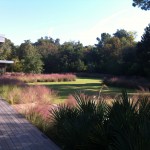
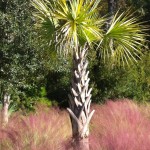
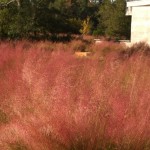

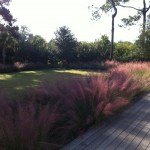
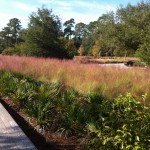
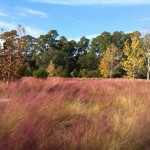
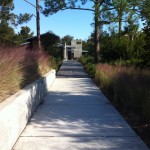
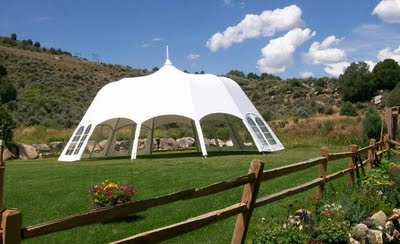

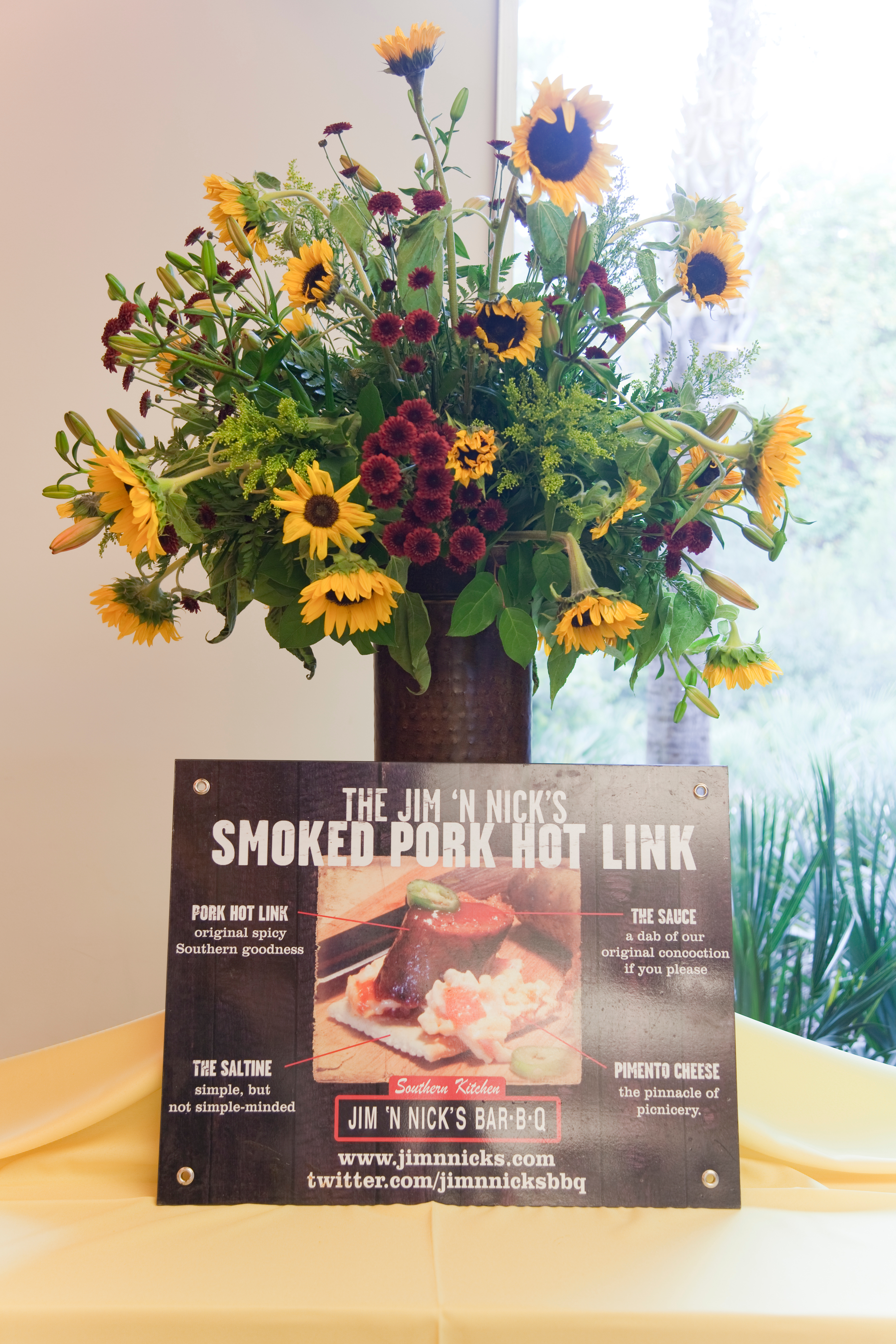
Leave a Reply
Want to join the discussion?Feel free to contribute!